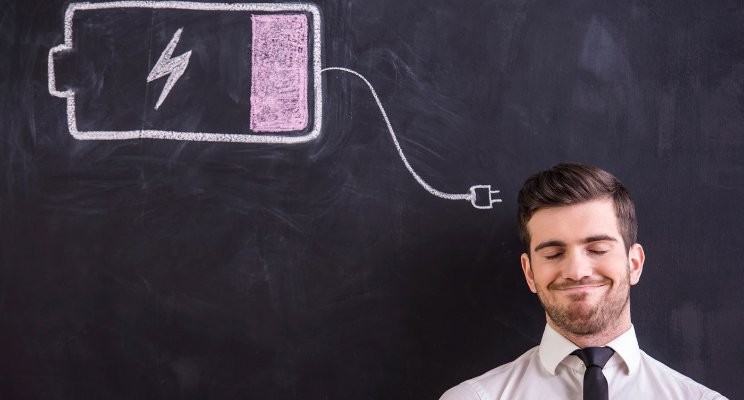The automotive and energy sector are in the largest transition they’ve ever experienced: to work with renewable electricity as the primary source of power and to let go fossil energy. This is not about changing products but it is about adopting new business models, while leveraging valuable knowledge accumulated in the past. In other words: how to use your expertise as a car manufacturer for deploying a new business model which isn’t based on selling cars anymore?
Here are 4 ways for the global car and energy sector to sustain a business in the renewable electricity era:
- Provide services instead of products: Electricity will change the ecosystem of mobility, energy production and consumption. New links appear in the added-value chain: at-home energy production, the electric car as storage device, off-the-grid distribution etc. There will be a strong demand for services driving this ecosystem: trading electric energy stored in cars, short-term rental of EV’s, transaction payment services for off-the-grid electricity trade, predictable maintenance etc. Large industrial players are best positioned to provide these services as they own the knowledge, technology and operate on a scale to make services profitable. Services are more profitable than products, are a better way to drive loyalty and create more upsell.
- Extend to new business models: Related to above. Renewable energy creates new revenue opportunities such as electricity storage or off-the-grid energy transportation. Also electric vehicles (EV’s) allow for very interesting revenue models, such as hybrids between car sharing and autonomous driving services. OEM’s in automotive and energy companies will be able to add these new business models to their traditional revenue streams, e.g. by investing in start-ups.
- Create standards. New standards are needed the energy transition to scale up. We need standards for peer-to-peer energy transactions, energy micropayments, imbalance valuation at local electricity grids, safety in autonomous driving etc. Corporate players have the experience, capital and global reach to roll-out standards. A standard is revenue generator because it allows you to sell parts, knowledge and implementation services. But it is also a catalyst: the one who sets the standard is best equipped to create new services on top of those standards.
- Move innovation outside of the core process, even outside of the P&L: During a time of transition, a corporate culture will limit the organization to make the required change. Everyone in the organization has a short-term interest to continue on the existing path, rather than go for the new way. To make the change, a corporate company has to operate like a venture capitalist, investing into multiple innovative start-ups while limiting managerial control. 9 out of 10 innovations will fail but the 10th allows the company to adapt the new technology or service as a step in going successfully through the energy transition.



 +31-208-208-765
+31-208-208-765





